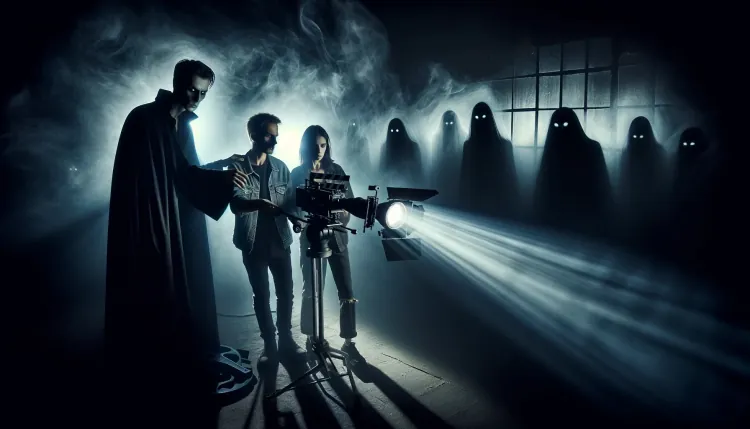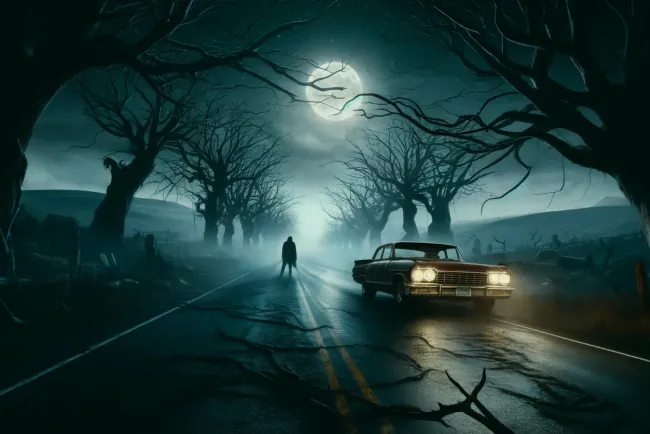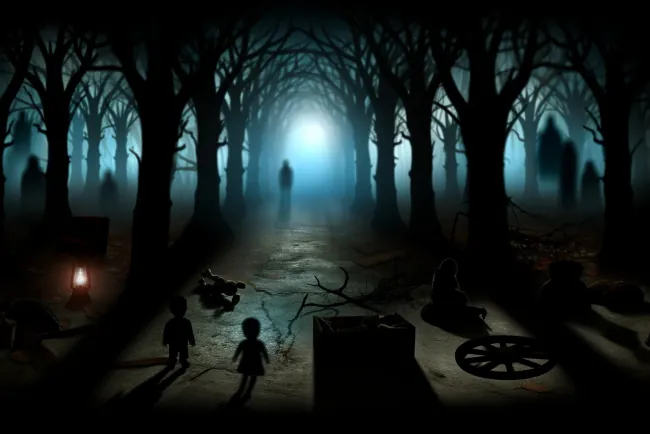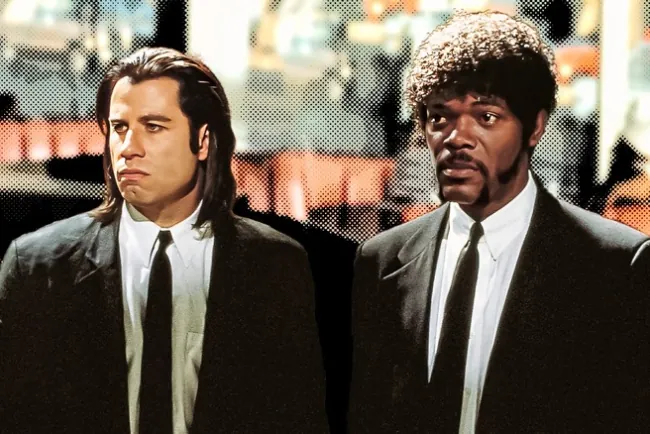The Cinematic Art of Lighting: Crafting Mood and Meaning
How cinema uses lighting to craft mood, enhance storytelling, and create meaning, from key lighting to motivated lighting techniques.

The Art of Lighting in Cinema: Creating Mood and Meaning
In the world of cinema, lighting is not merely a technical necessity; it's an artistic tool that shapes how audiences perceive both the environment and the emotional landscape of a film. The strategic use of light and shadows can dramatically alter the mood, set the tone, and guide the viewer's attention, making it a crucial element in storytelling.
The Role of Lighting
Lighting in film serves multiple functions. At its most fundamental, it provides the illumination necessary to capture images on camera. But more than that, lighting helps to establish time and place, enhances textures and colors, and can significantly affect the overall aesthetic of a film. It's also a key factor in creating depth and dimension in a scene, making flat images appear more three-dimensional.
Types of Lighting
Key Lighting
The key light is the primary source of light in a scene. Positioned to highlight the form and dimension of the subject, it is the strongest light and sets the tone for the scene's lighting setup. The direction, hardness, or softness, and color of the key light play pivotal roles in shaping the scene’s mood.
Fill Lighting
Fill light helps to soften the shadows created by the key light, reducing contrast in the scene. It is generally softer and less intense, placed opposite the key light. Fill lights ensure that shadow areas are visible but without compromising the overall tone set by the key light.
Backlighting
Backlighting shines on the subject from behind, often creating a rim of light around the edges, separating them from the background. This technique is particularly useful in enhancing the sense of depth and emphasizing the contours of subjects.
Practical Lights
Practicals are visible sources of light within the scene itself, such as lamps or candles. They are functional elements of the set that also provide illumination, contributing authenticity and depth to the film’s visual narrative.
Lighting Techniques and Styles
High-Key Lighting
High-key lighting is characterized by its brightness and lack of harsh shadows, resulting in a more evenly lit scene. This style is often used in comedies and romances, where a lighter, more open atmosphere is desired.
Low-Key Lighting
In contrast, low-key lighting features strong contrasts, deep shadows, and a limited fill light. This technique is commonly used in thrillers and horror films to create suspense and a sense of danger.
Hard and Soft Lighting
Hard lighting creates sharp, distinct shadows and emphasizes texture, often used to convey a harsh or dramatic atmosphere. Soft lighting, by smoothing out shadows and textures, offers a gentler and more flattering light, commonly used in beauty shots and romantic scenes.
Motivated Lighting
Motivated lighting reflects natural light sources like the sun or moon and artificial lights within the scene. It enhances realism, grounding the film’s visual atmosphere in a context that feels believable to the viewer.
The Impact of Lighting on Emotion
Lighting is a powerful tool in manipulating an audience's emotional response. Bright, evenly distributed light can evoke feelings of happiness and safety, while shadowy, uneven lighting can create an atmosphere of mystery and fear. Directors and cinematographers work closely to craft lighting setups that not only look natural but also enhance the film's thematic elements.
Conclusion
The art of lighting in cinema is a dynamic blend of science and visual poetry. It requires a deep understanding of the ways light can be manipulated to enhance narrative and evoke emotion. As technology advances, so too do the possibilities for creative lighting, allowing filmmakers to push the boundaries of how stories are told visually. Lighting not only illuminates actors and sets; it illuminates the heart of the story itself.
What's Your Reaction?






















